The Most Serene Republic of Venice
From 697 to 1571
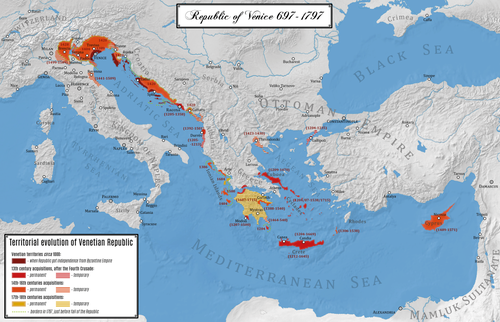
Bonuses
Scouts and flagship can trade with trade posts, and they can boost other merchants.
Vills gathering from shore fish also gather gold in a 4:1 ratio.
Blacksmith upgrades doesn’t cost gold (except siege engineers and military academy).
Ships are 20% cheaper.
The bombard is available in the Age 3, but with weaker stats.
Archery ranges units cost 5% less food for each house near the range (1 tile) up to a maximum of a 25% discount.
Influence sistem
Patronage of the Arts:
A building built inside the area of influence of a TC is cheaper. Farm aren’t included, but landmarks are (so aging up can be cheaper). TCs gives a 10% discount in their influence area, every other building (except farms) built in the area progressively increase the discount by 2% (farms gives nothing). The discount is capped at 30%.
Unique Units:
Doctors:
The iconic plague doctor with the mask. It heals faster than monks and it can be trained since the age 2. With upgrades, it gains the ability of building lazzaretti and poison enemy buildings. A poisoned building has a 15% penalties on its attack, resources deposited, units health that are trained, and it can’t heal units inside. The only way to stop the negative effect is to idle the building for 100 seconds.
Cost: 200 gold
Arsenalotti:
An unique and stronger spearmen of the venetians, armed with a tre spiked spear (or alternatively a polehammer). Like other spearmen is good against cavalry, but it also have a small bonus against all heavy units. Every villager can be transformed into an arsenalotto by paying the additional 30 gold cost.
cost: 40 food and 45 gold.
Targonieri:
Unique man at arms of the venetians armed with a schiavona chest sword (or alternatively a short spear) and a pavise. A special man at arms that have extra armor against ranged units, and that can absorb part of ranged damage directed against other units (a bit like the HW in aoe2). It compensate that with a lower attack.
cost: 70 food and 30 gold
Galley:
This one starts out as a standard galley, like other civs, but through special techs, it get the possibility of getting special roles.
When a tech is researched, all galleys present at the moment (and the ones that will be produced from now on) will get that effect. When the next tech is researched, you’ll lose forever the benefit of the previous techs, and change forever your galleys. For example, when you get the fire ships tech, all your galleys get a fire attack, but when you get the armed galleys tech, all your galleys lose the fire ability, and substitute it with a long distance cannon attack.
Galea grossa:
Unique Imperial ship of the venetians.
So the galea grossa is an heavy big ship armed with cannons that can fire in every direction with a good range. To compensate that, they are slow and very expensive ships.
Alternatively, the galea grossa can be the last upgrade for the venetian galley.
Flagship - an leader UU of the venetians. It can have several effects, between buffing water trade, regenerate the health of your ships, and have all military ships move and fire faster.
Unique Buildings:
Arsenal:
Replace the dock. A unique building that has more HP than a standard dock and can get emplacements. Cost 50 wood more.
Lazzaretti
A special building that heals all units in an area. Each medic that is garrison inside increase the healing area of the lazzaretto. The healing rate is roughly 1/4 of that of a monk.
Unique Technologies:
Age 2
- Munde - merchants and merchants ships are stronger and are faster.
-
Fire ships - galley get a short ranged area of damage attack. It have a low rate of fire, but the ship can still fire arrows.
Bigoncia - increase the pierce armor of infantry by +1
Poisons - doctors can poison enemy buildings. If not left idle for a total of 100 seconds, those buildings train units with 15% less health, vills drop 15% less resources, and the building deals 15% less damage. Buildings also can’t heal units inside.
Age 3 - Cranequins - increase the xbows attack and range by +1.
- Polehammers - further increase the arsenalotti anti heavy units attack.
- Central cannon - remove the galley fire attack and substitute it with a long distance cannon. It requires fire ships UT.
- Condottieri - all cavalry gold units are trained 15% faster.
-
Plague - poison effect can be spread to other buildings if the poisoned building isn’t quarantined.
Age 4 - Lateral falconets - galleys get 2 extra frontal cannons. It requires central cannon UT.
- Higher caliber - increases the attack of the galee grosse.
-
Buonavoglia - villagers are affected by blacksmith armor upgrades.*
accessible only through the dogal palace. -
Stradiot - unique upgrades for the horseman that replaces the elite horseman. It greatly improved the stats but the wood cost is transformed into a gold cost with a 1:2 ratio.
accessible only through the fondaco -
Cretan archer - unique upgrades for the archer that replaces the elite archer. It greatly improved the stats, but the wood cost is transformed into a gold cost.
accessible only through the fondaco -
Fanti de Mar - unique upgrades for the archer that replaces the elite arsenalotto. It greatly improved the stats, but it also double the gold cost.
accessible only through the fondaco
Dry dock - all ships are built 30% faster
Captains - archers cost 25% less food even without houses nearby.
Landmarks:
AGE 2
Rialto Market
Works as market. Markets can automatically exchange a percentage of the natural resources dropped into nearby eco buildings connected by the influence into double that quantity of gold. The ratio can be 0% or 20%-50% (it works for every natural resource except for gold).
Lighthouse
Special tower. Increase by +5 the LoS of all buildings linked to it by the patronage influence area and increase the range of a building near it (2 tiles max).
AGE 3
Clock tower
Globally boost all eco buildings to work 25% faster, both at training and research (arsenals are affected only on their economic units/techs).
Academy
An early university. All universities techs are available earlier and at 30% discount.
AGE 4
Fondaco
Building that give access to unique mercenary upgrades of trash units, like the cretan archer, the stradiot (horseman) and the fante de mar (spearmen). This units have higher stats, but the wood cost is substitute by a gold cost. The fondaco can also train them.
Palazzo Dogale
Boost it can boost one resource by globally increase all their entries by 20%. It also unlock a special upgrade for venetians vills.
WONDER
San Marco Basilica
So, since AoE4 is still a young game, there still time to get a lot of new civs in the game. With this topic however, I don’t want to discuss the general argument of what civs should be added next or in what order. So if you are here for that, well I’m sorry.
Here I want to post a fan design of a civilization very dear to me, the Most Serene Republic of Venice. Some of you may already know me, since I’m active on the forum, and some may also know that I already posted a civ design for aoe2 (go check it out if you are curious, it’s full of historical facts). Now, aoe2 is a game already full of civs, and with already an umbrella civ that should already cover the venetians (the Italians), but AoE4 offers new possibilities…
So, first off, why not an Italian civ? Well, there are a number of reasons. First of all, Italy at that time wasn’t united, but was fragmented in city states that evolved into regional powers, so while culturally speaking, we could say that the idea of an Italian people was born during the renaissance, in reality there wasn’t such thing. The other reason is that the French civ already some chunk of italian aspects (not without reasons eh…) like the pavise ability of their arbs. The third and last reason is that AoE4 went into the direction of specific historically accurate civ, finally abandoning the umbrella civ concept. So introducing a specific Italian state instead of an umbrella Italians civ is a better choice in my opinion.
Now, I’ll start by admitting that I’m biased towards the venetians, and that all the Italians states would deserve a spot in the game. But if you need to choose one, I would choose among the ones that were at least indipendent during AoE4 timeframe. The only two Italian states free of external control were republic of Venice and the papal state. Now, the second, while formerly indipendent, in practice heavily depended on external interventions of foreign kings, and it’s power was almost only political.
Venice on the other end, was an economic empire, and a fearsome military enemy when needed. The republic stretched through north Italy, Istria and Dalmatia, Crete, Cyprus, several Aegean and Ionian islands, and even Crimea, and had ties with all civilizations present in the game at the moment. So they deserv a spot in the game in my humble opinion.
I’ll dwell into Venice history more and more with time in this topic, but for now, here is my civ design. I’ll say that I’m by no means an expert gamer, though, I know the basics of the game, and I think that my design have potential. Still, AoE4 is a new game for everyone, and trying to make a civ using new mechanics is hard, so bear with me.
So, the one last thing before seeing the bonuses. Constructive criticism and opinions are not just well accepted, but incouraged. If you think that something is broken, OP, UP, bad designed, unoriginal, by all means post you opinions (always respectfully thought). If you have your ideas for a venetian civ design, or bonuses or units, do it too. But two things: first, know that I value historically accuracy more than anything else. We can bend the history for balance purposes of course, but I won’t write a bonus down if it makes no sense. Second, know that this is my fan design, so I’ll have the final word on decisions. Still, expect a lot of polls to express your opinions.
I hope that you like my design, and that you’ll keep visiting for the future updates.
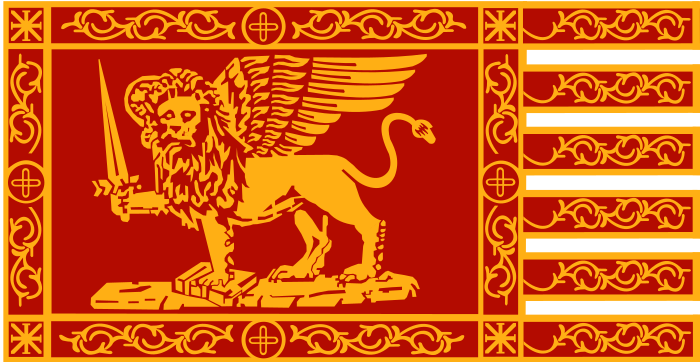
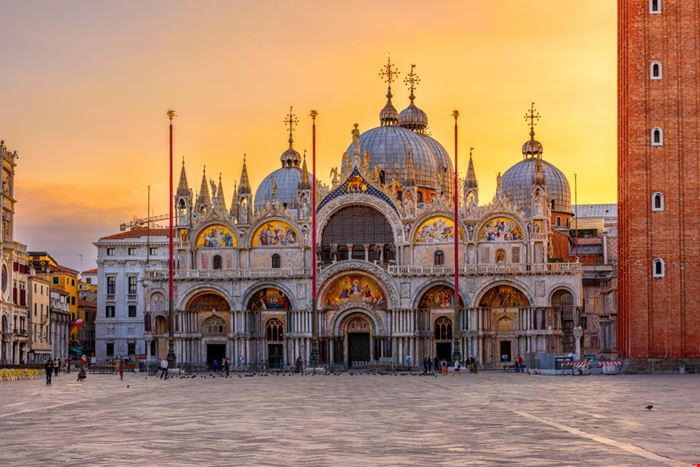
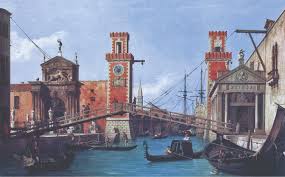

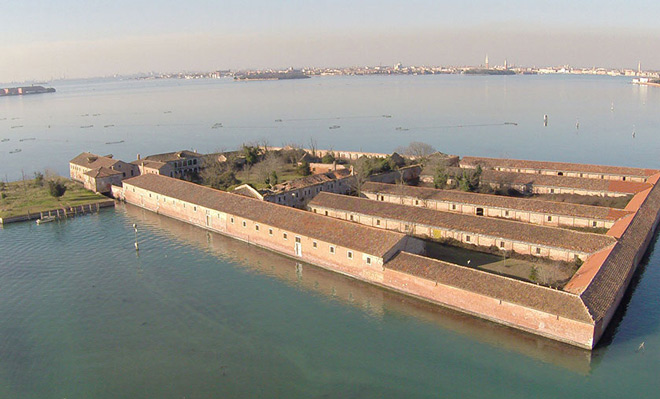
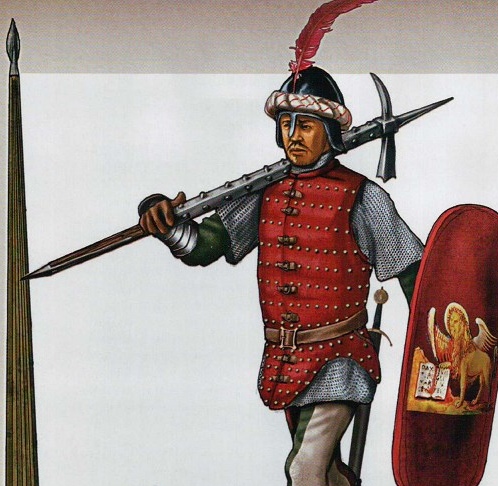
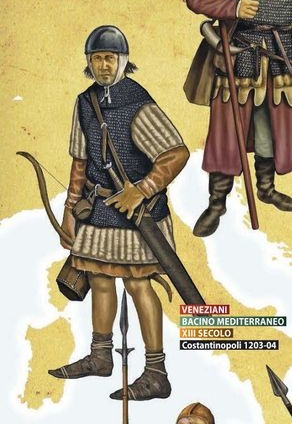
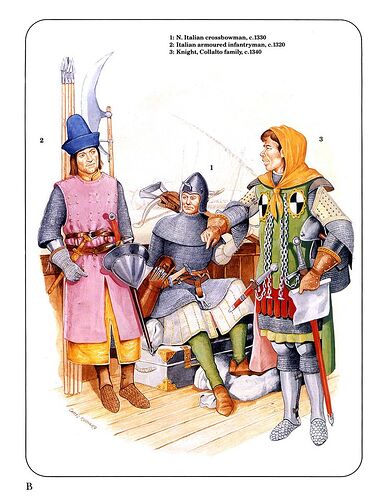

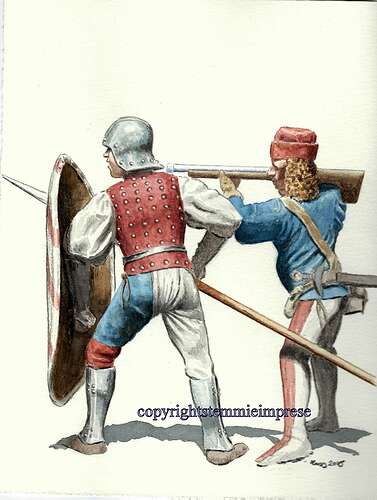
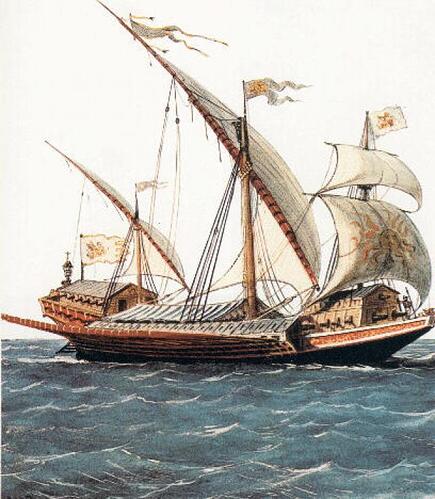
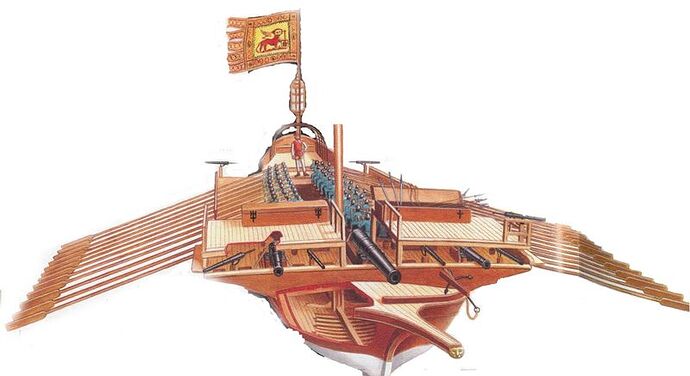



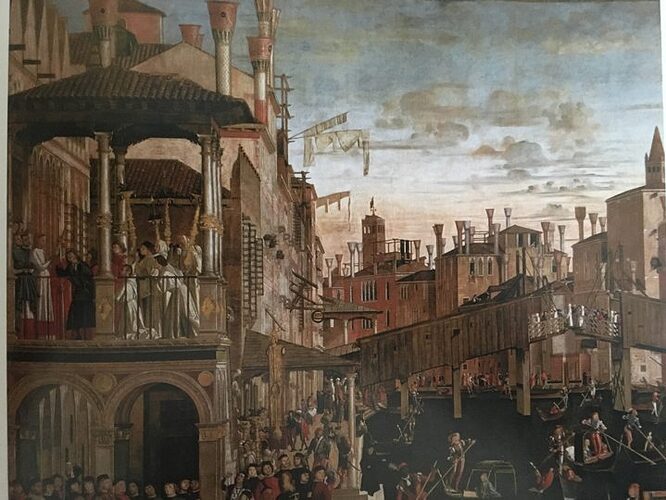
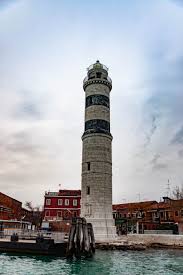
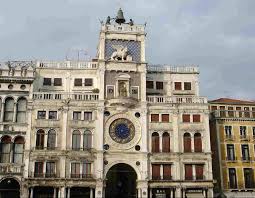
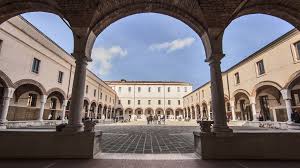

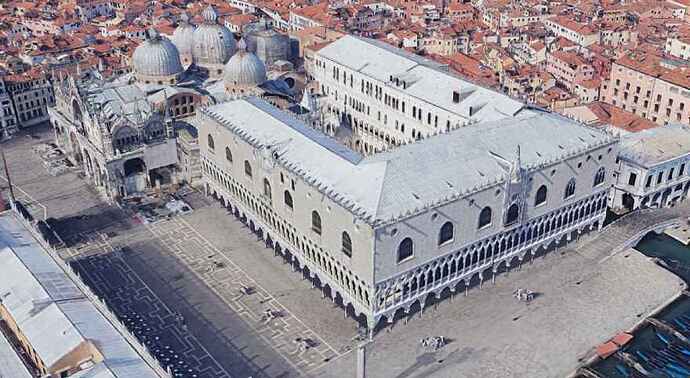
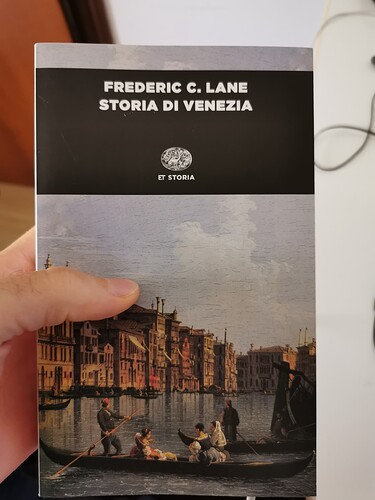



 would love to see this!
would love to see this!